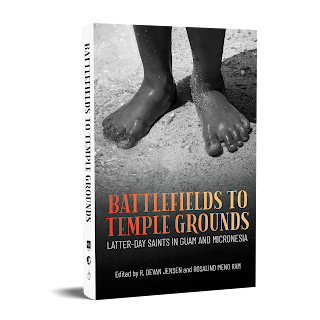Valentine’s Day, a Day to Love

Image by Freepik. Valentine’s Day is a wonderful day to express love to those around us. But did you know that it started out as a pagan fertility festival? It took place each year on February 15. Then the Roman emperor Claudius II killed two Christian martyrs—each named Valentinus—on February 14 of different years in the third century. Later the pope honored those martyrs with a holy day, or holiday, called Saint Valentine’s Day or the Feast of Saint Valentine. Links to Romantic Love So how did such a holy day become linked to romantic love? According to Danielle Bernock of Christianity Today , in 1375 Geoffrey Chaucer wrote the poem “Parliament of Foules” (Parliament of Fowls), linking the beginning of birds’ mating season (mid-February) with courtly romantic traditions. Chaucer wrote, “For this was sent on Seynt Valentyne’s day / Whan every foul cometh ther to choose his mate.” In those early centuries, Valentine’s Day became a time to express





